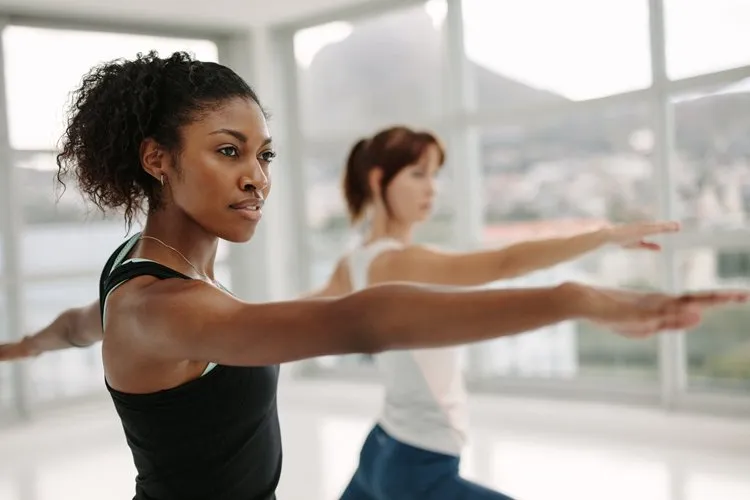Read time : 3 minutes

You’ve probably heard that eating well is only one part of staying healthy—but did you know physical activity can actually enhance how your body uses the nutrients you eat? While healthy fats help absorb fat-soluble vitamins (like A, D, E, and K), physical activity ensures these nutrients are transported and used effectively throughout your body.
That means what you do after eating—especially regular movement—can influence how well your body puts those vitamins to work.
What’s the Connection Between Exercise and Vitamin Use?
Fat-soluble vitamins are stored in fat tissues and the liver. From there, they need to be circulated to your organs, cells, and muscles. Here’s where physical activity steps in:
- Better Circulation = Better Nutrient Delivery
Exercise improves blood flow, helping carry absorbed nutrients from your digestive system to the cells where they’re needed—whether it’s vitamin A for your skin and eyes, or vitamin D for your bones and muscles. - Improved Fat Metabolism
Regular activity helps your body manage fats more efficiently, ensuring fat-soluble vitamins are released and utilized when needed. This is especially helpful for vitamin E, which protects your muscles from oxidative stress during workouts. - Boosts Vitamin D Activation
Outdoor movement gives you natural sun exposure—essential for making vitamin D in the skin. When combined with physical activity, this boosts bone strength, mood regulation, and immune function.
How to Maximize Your Vitamin Absorption and Usage:
Pairing nutrient-rich meals with light to moderate physical activity can significantly enhance how your body absorbs and uses fat-soluble vitamins.
For example, starting your day with a bowl of kontomire stew prepared with palm oil gives you a solid dose of vitamin A. When you follow it with a brisk 30-minute walk, your improved blood flow helps transport that vitamin A to your eyes, skin, and immune system for maximum impact.
Another smart pairing is a serving of grilled salmon with avocado, rich in vitamin D and healthy fats. Spending time gardening outdoors not only gets you moving but also provides natural sunlight exposure, which helps your body produce even more vitamin D for stronger bones and better mood regulation.
A bowl of oats topped with nuts and fruits offers vitamin E and fiber. Add a session of yoga or light stretching, and your muscles will benefit from improved recovery and protection against oxidative stress.
What Happens If You Eat Well But Don’t Move?
Even the best nutrition can fall short without movement. A sedentary lifestyle slows circulation, increases fat buildup, and may cause vitamins to remain stored instead of being actively used. Over time, this can weaken bones, reduce immunity, and slow down your metabolism.
Bottom Line: Food Fuels You. Movement Activates It.
Eating the right foods helps your body absorb essential nutrients—but physical activity is what unlocks their power. Think of food as the seed, and movement as the sunlight and water that help it grow. Together, they build stronger immunity, sharper thinking, better energy, and long-term wellness.
Meet Your Ai Personal Trainer
Download the App to Take your free Ai health assessment Today [Take Assessment]
Baah Sekyere Agyekum
Myhealthcop physical activity expert